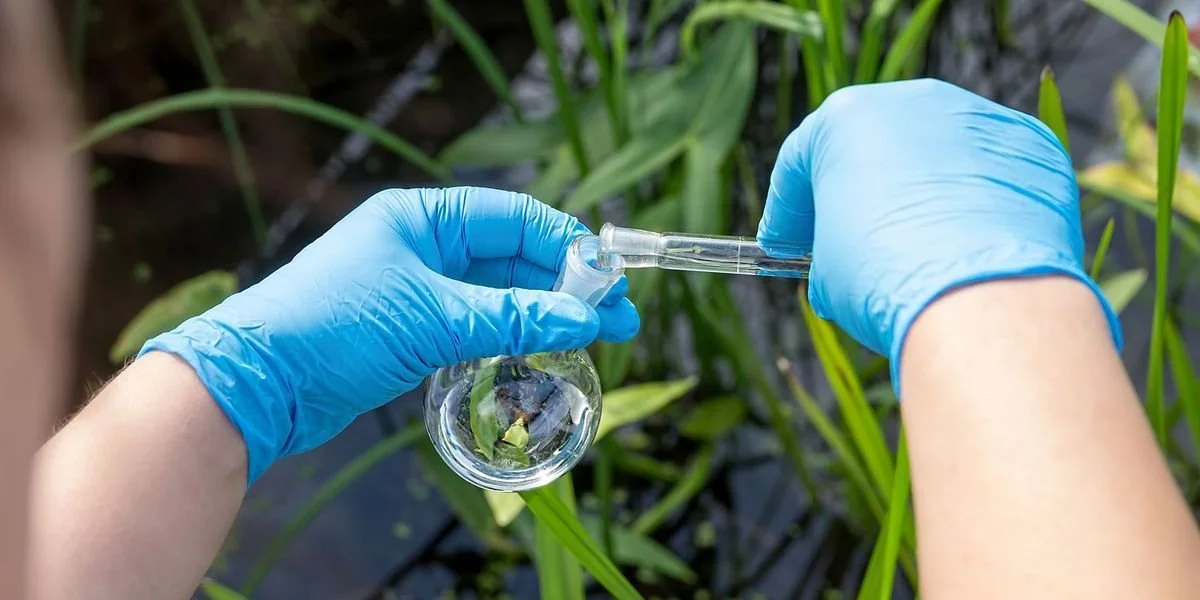Environmental testing is an essential aspect of the world we live in today. It is used to assess the safety and quality of various types of environments, both natural and man-made. It helps protect human health, minimize environmental risks, and promote sustainable development.
Environmental testing can be divided into two main categories: air/water sampling and soil sampling. Air/water sampling consists of collecting samples from the air or water, either indoors or outdoors, to analyze them for traces of contaminants such as bacteria, fungi, dust mites, volatile organic compounds (VOCs), heavy metals, and more. Soil sampling involves taking small amounts of soil from the ground to measure its chemical composition and physical characteristics. This type of testing is most commonly used when constructing landfills or other sites that may have hazardous materials present.
This type of testing aims to determine if a given environment is safe for humans to inhabit or work in without risking their health or causing any adverse long-term effects on the environment itself. Environmental tests can also be used to monitor changes over time and identify contamination sources that must be addressed through remediation efforts. They are often performed by specialized laboratories that use sophisticated equipment such as gas chromatographs and mass spectrometers to detect even trace amounts of hazardous substances released into the environment.
In addition to determining if a given environment is safe for human occupancy and usage, environmental tests can also provide valuable information about how ecosystems function in a particular area. By tracking levels of certain pollutants over time, scientists can gain insights into how climate or land use patterns may impact local wildlife species or habitats. This data can then help organizations such as conservation groups decide how best to protect these areas from further damage or degradation due to human activities.
Environmental testing is essential to our modern society, and its importance cannot be understated. It helps us ensure that our surroundings are safe for us to live and work in, also giving us insight into how our actions may adversely impact the local ecosystems around us. Everyone must do their part to reduce their environmental footprint by embracing green practices at home and work so that future generations will not suffer any negative consequences due to our mistakes today.

